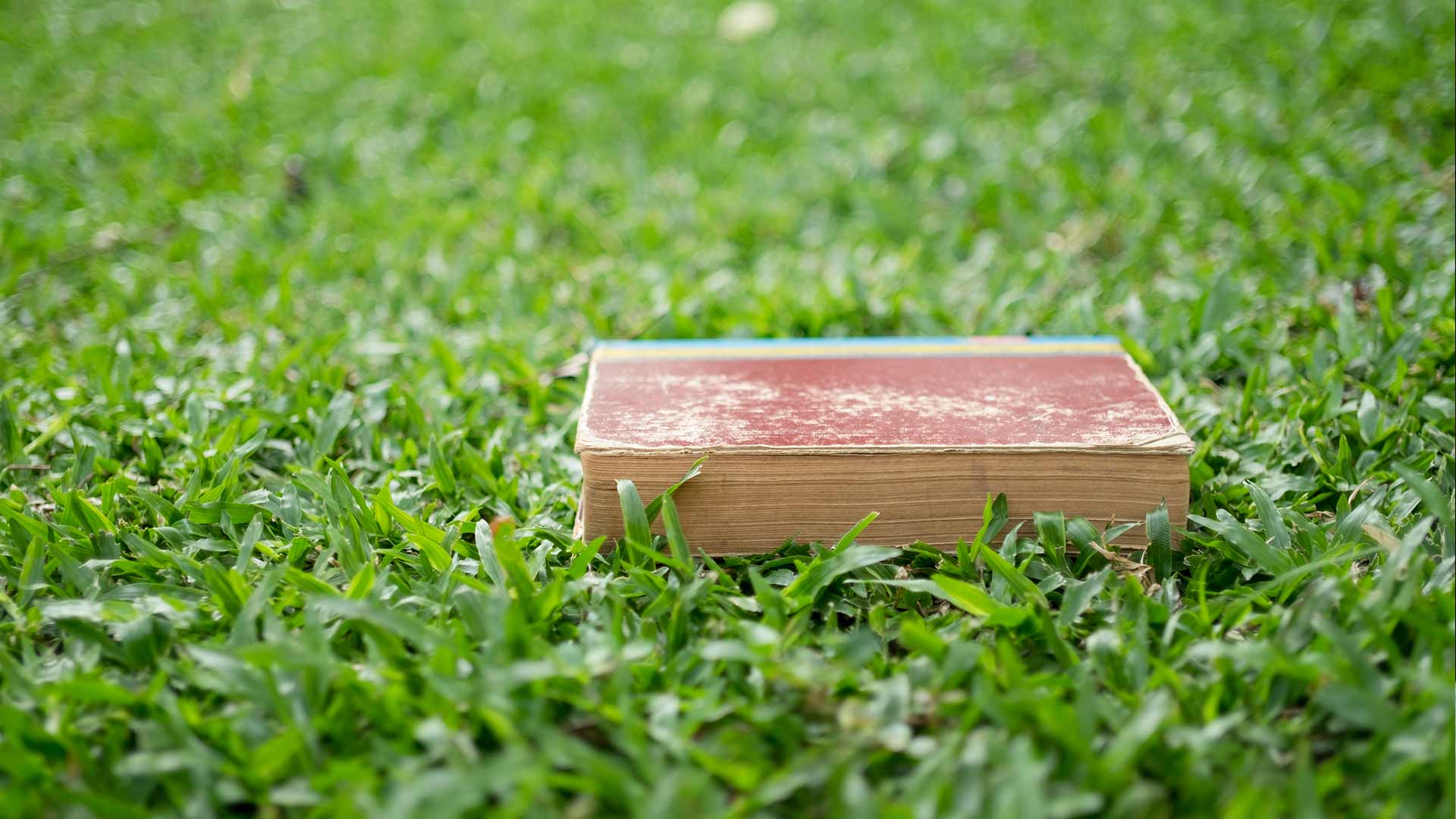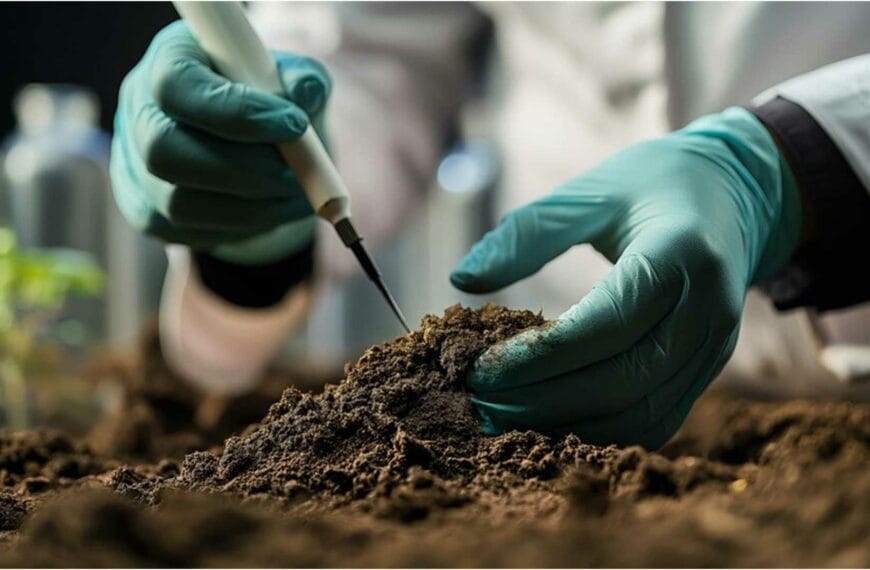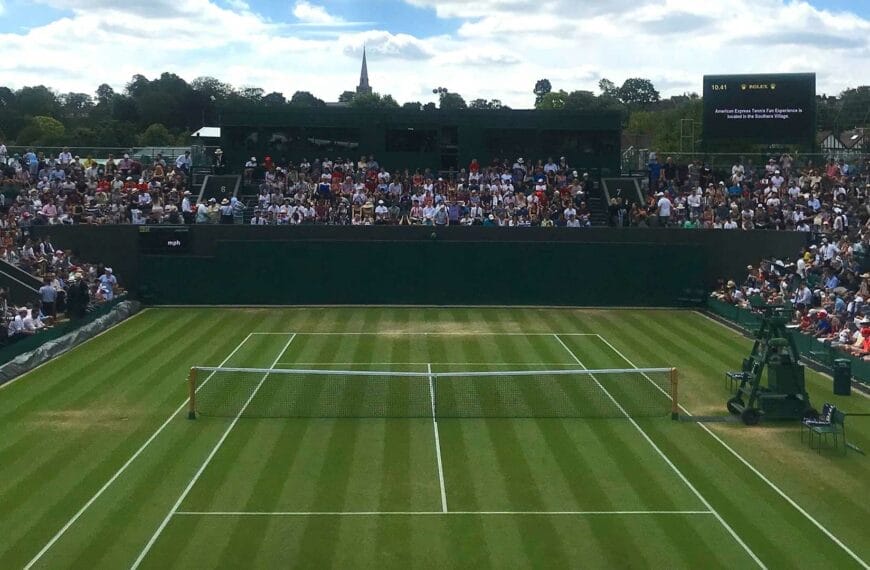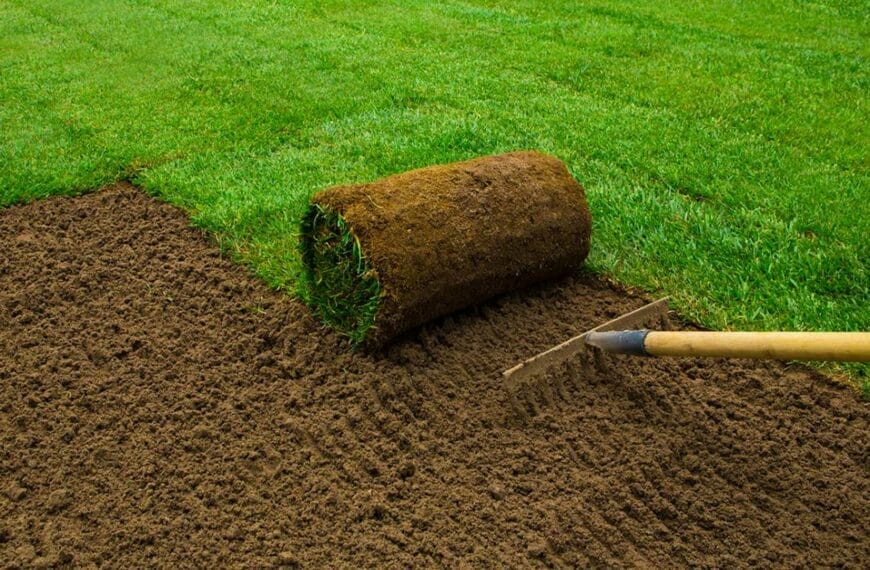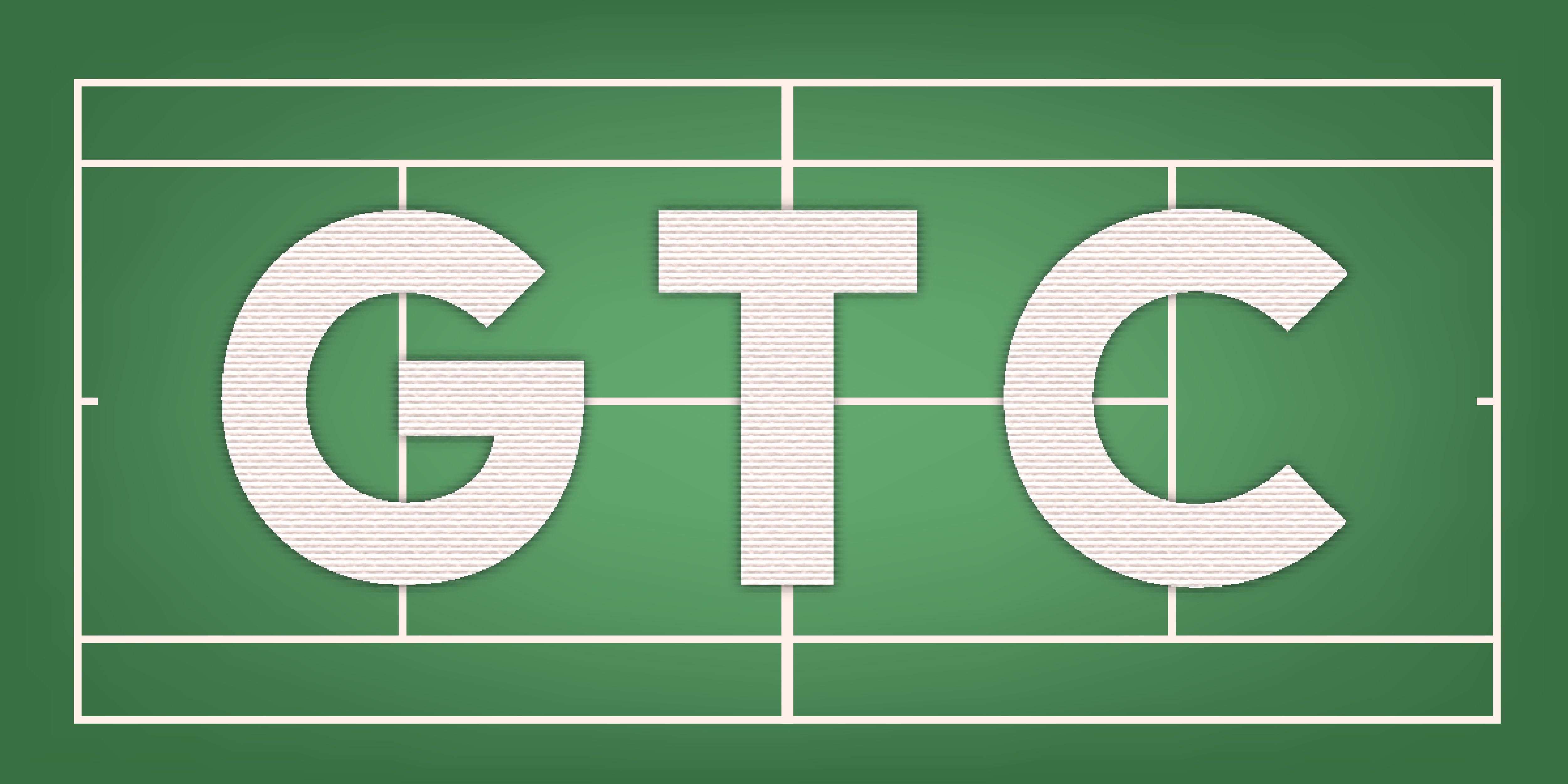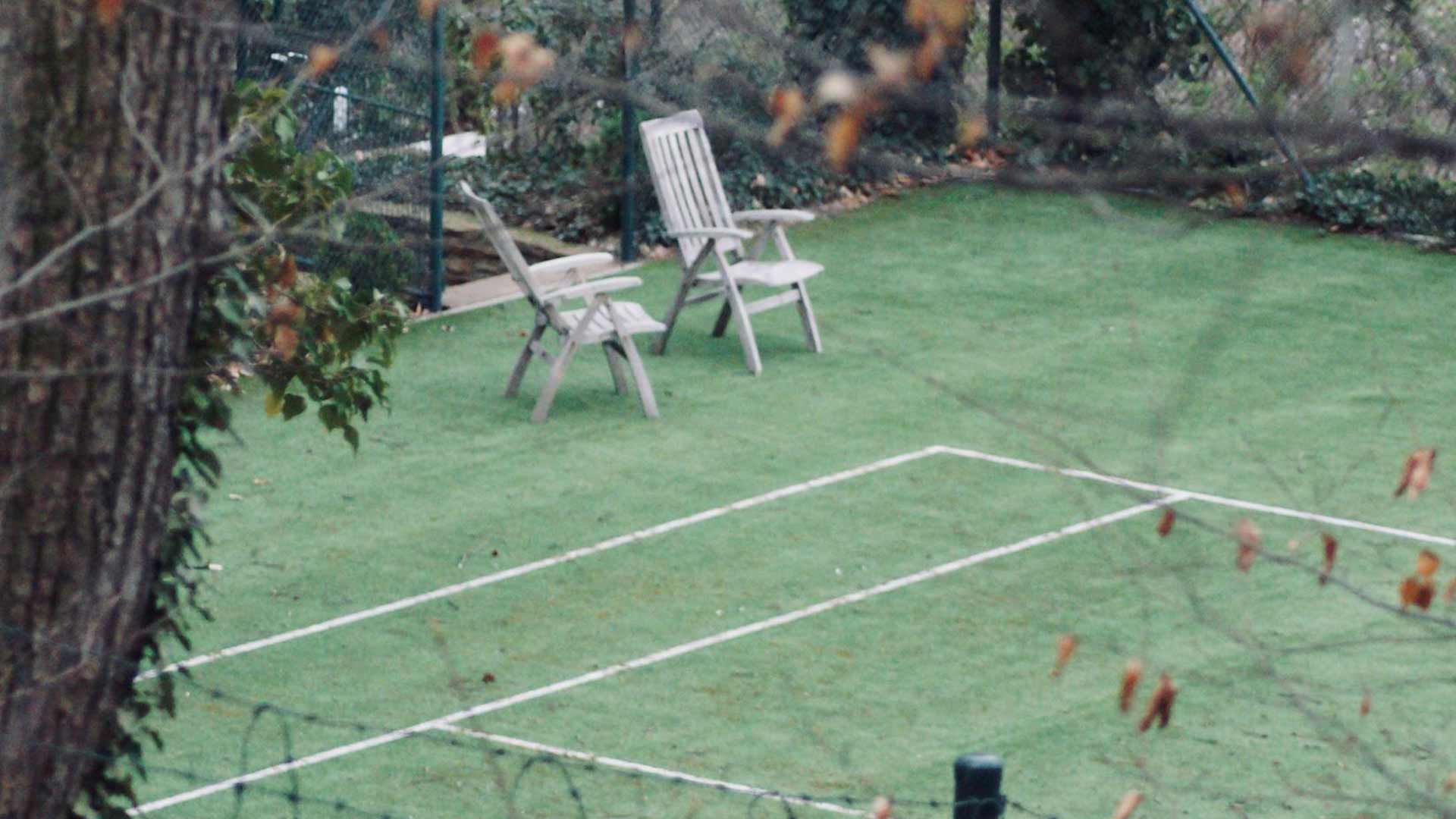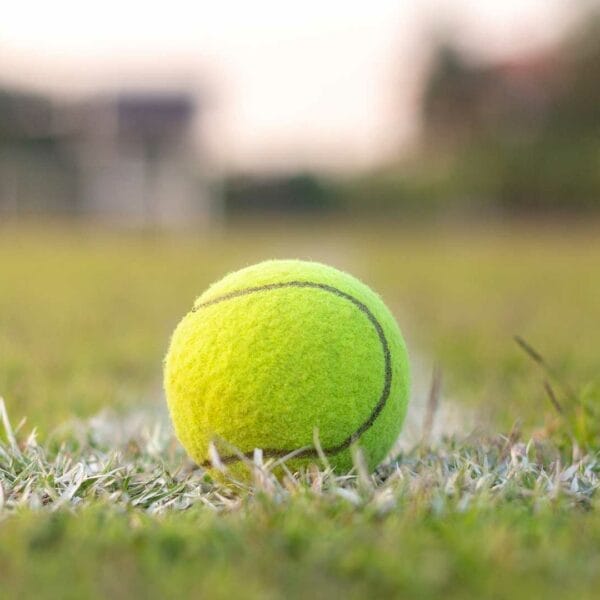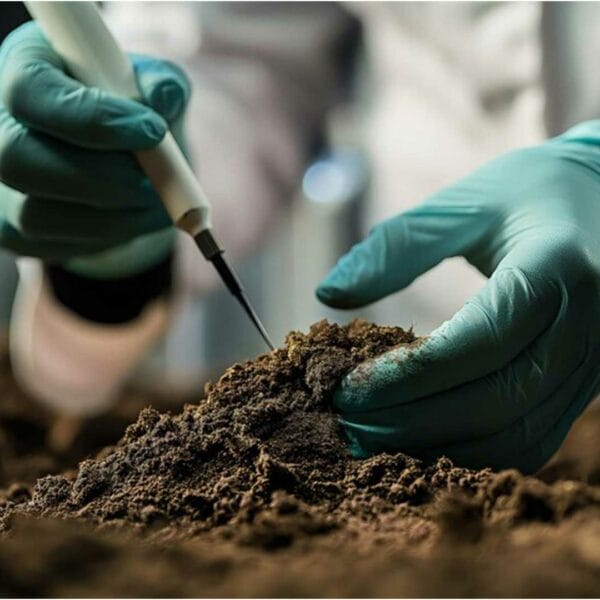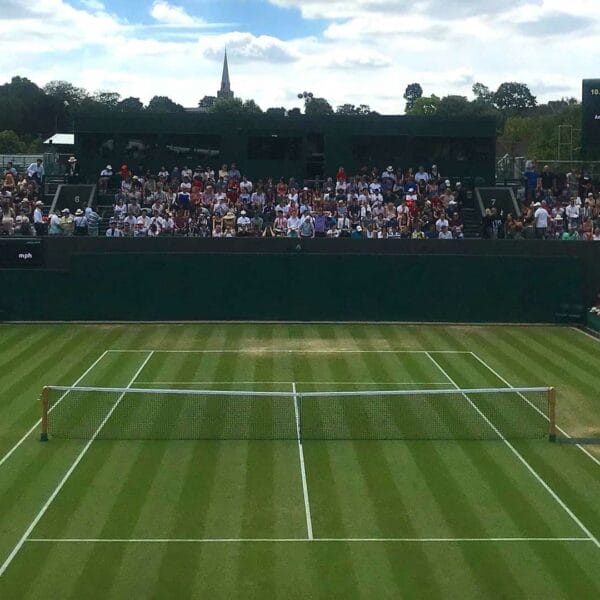Building a grass tennis court isn’t just a construction projectit’s a labor of love that requires a blend of meticulous planning and hands-on dedication. An ideal grass tennis court is not only about aesthetics; it must adhere to specific standards to cater to professional play and personal satisfaction. The thickness of the grass layer, a critical aspect often overlooked, plays a pivotal role in the performance and longevity of the court.
Grass Layer Thickness for Tennis Courts
Learn about the ideal grass layer thickness for a tennis court and essential maintenance tips for optimal play. – The grass layer on a tennis court should typically be around 1 to 2 inches (2 – 5cm) thick to ensure proper playability and drainage. – Proper maintenance, including regular mowing and watering, helps maintain the desired grass thickness and overall court condition. – Choosing the right location and preparing the subsoil is crucial for establishing a healthy grass layer that supports performance.
Step 1: Choose a Location
Selecting the right location is the foundation of your grass tennis court. This decision can make or break the functionality of your court. Ideally, the site should be flat, open, and free from overhanging trees, as shading can hinder grass growth. Equally important is the soil’s drainage capability; poor drainage can lead to waterlogged courts and uneven surfaces
Insider Tip: Always test the soil drainage before anything else. A percolation test can help determine if additional drainage solutions are necessary.
Additionally, consider the orientation of your court. Traditional wisdom suggests aligning the length of the court north-south to minimize the impact of sunlight on players during matches. However, this can vary based on geographical location and personal preference. An in-depth analysis of your environment and potential microclimates will guide you in choosing the best placement.
For more insights into site selection, visit our comprehensive grass tennis court site selection guide.
Step 2: Choose a Design
Once you have your location, the next step is designing your court. This involves determining the dimensions and layout, ensuring they meet the International Tennis Federation’s standards, which specify a length of 23.77 meters and a width of 8.23 meters for singles play. Designing your court is more than just measurements; its about understanding how these dimensions will fit within your chosen space and the surrounding environment.
Insider Tip: Consider the surrounding landscape when designing your court. Integration with natural features can enhance aesthetic appeal and provide natural windbreaks.
The design phase should also consider the type of grass that will be used. Different grasses perform differently depending on climate and usage. Ryegrass, for instance, is popular for its durability and fine texture, making it a preferred choice for many tennis courts. For further guidance on grass selection, explore our article on the best grass type for a grass tennis court.
Step 3: Prepare the Subsoil
Preparing the subsoil is crucial for ensuring a stable and even playing surface. This involves removing the topsoil and levelling the ground beneath. Compacting the subsoil is essential to avoid any future settling that could lead to an uneven court surface. This phase sets the stage for good drainage and the structural integrity of your court
Insider Tip: Don’t skimp on the compaction process. A well-compacted subsoil is the backbone of a resilient court.
To achieve the best results, test the subsoil’s composition and amend it as needed to improve its properties. Adding sand or fine gravel can enhance drainage, vital in preventing puddling and ensuring that your grass layer remains intact during heavy rain. For detailed dimensions on preparing your court, check our resource on correct grass tennis court dimensions.
Step 4: Lay the Base
The base layer is typically a blend of sand and clay, designed to provide a firm yet flexible foundation for the grass layer. This layer should be about 1015 cm thick, depending on the specific requirements of your site and climate. It’s imperative to ensure this layer is even and well-compacted to serve as a solid foundation for the grass.
Incorporating a slight slope in the base layer (about 1% gradient) can facilitate natural drainage. This is a subtle yet effective method to keep your court free from water accumulation. For a detailed guide on surface design, visit our page on grass tennis court surface design.
Insider Tip: The base layer is not just about thickness but consistency. An uneven base can lead to an uneven grass surface.
Step 5: Lay the Turf
Laying the turf is where your court begins to take shape as a playable surface. The grass layer should be approximately 57 cm thick. This thickness supports healthy root development and provides a smooth, even playing surface. Below this layer, ensure that the base soil is adequately compacted and well-drained to avoid future issues with grass health and surface integrity.
Insider Tip: ]The key to successful turf installation is patience. Allow time for the grass to establish before heavy use.
When laying the turf, ensure that the seams are tightly aligned to prevent gaps and overlaps that could affect play. Water the newly laid turf regularly to encourage rapid root development, but be cautious not to overwater, as this can lead to root rot. For step-by-step guidance, see our article on turf installation for grass tennis courts.
Step 6: Maintain the Court
Maintenance is where the real work begins. A grass tennis court requires regular attention to remain in top condition. This includes mowing, watering, and periodic aeration to ensure healthy grass growth. Mowing should be done frequently to maintain a consistent grass height, typically around 810 mm, depending on the grass type and climate.
Insider Tip: Regular aeration can prevent soil compaction and promote healthy root systems, crucial for a vibrant court.
Additionally, seasonal reseeding and fertilization can help sustain the grass’s health and resilience. Monitor the court for signs of wear or disease, addressing issues promptly to prevent them from escalating. For an in-depth look at maintenance practices, consider our article on how to build a grass tennis court from scratch.
Conclusion
Building a grass tennis court is a challenging yet rewarding endeavour. It demands an understanding of both engineering and horticulture to create a surface that’s not just beautiful, but also functional and durable. By following the outlined steps choosing the right location, designing thoughtfully, preparing the subsoil, laying the base and turf correctly, and maintaining the court diligently, you can ensure that your grass tennis court meets professional standards and enhances your tennis experience.
The thickness of the grass layer, specifically, plays a crucial role in the court’s performance. With a thickness of 57 cm, the grass layer provides the necessary support for root development and ensures a smooth playing surface.
For further resources and guides on building and maintaining your grass tennis court, explore our dedicated sections on dimensions and netting to ensure every aspect of your court is up to standard. Visit Grass Tennis Club for more expert insights and tips.
Common Questions
How thick should the grass layer be on a tennis court?
The grass layer on a tennis court should be about 1-2 inches thick.
What type of grass is best for a tennis court surface?
Common choices for tennis courts include Bermuda and Kentucky bluegrass.
How often should I check the grass layer thickness on my court?
It is advisable to check the grass thickness every few weeks during play.
Who is responsible for maintaining the grass on a tennis court?
Typically, a groundskeeper or tennis facility staff handles court maintenance.
Can I play on a court with uneven grass thickness?
Playing on uneven grass can lead to injuries and affect gameplay quality.
What should I do if my tennis court grass is too thin?
Aerate the soil and overseed with appropriate grass to improve thickness.

